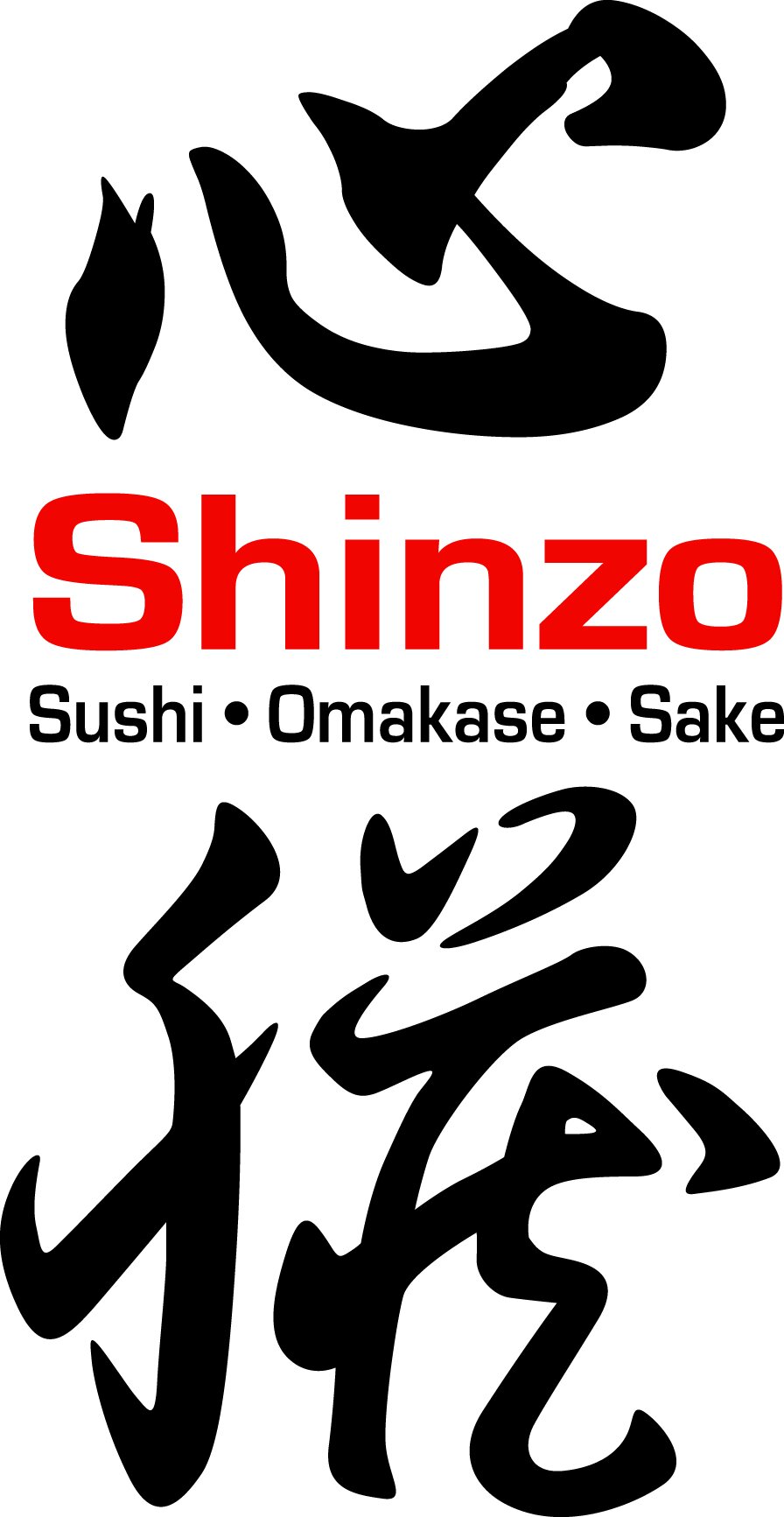Sake Pairing
If you frequent Omakase restaurants enough, you should be familiar with the term ‘sake pairing’. Basically, having different sakes poured for you according to the dish you’re having. Normally, the chefs will be the one curating the choice of sake to accompany your courses, so you shouldn’t have to worry too much about picking the right one. However, it doesn’t hurt to learn a little more about the fundamentals of sake and the way it’s paired with food.
Fundamentals
Ultimately, it’s about equilibrium. Just like the general rule of matching red wine with steak and white wine with fish, the aim of sake pairing is to create a harmony amongst the various flavours. For example, lighter flavours pair well with smooth and clean sake whereas richer dishes go great with a rich one. Additionally, a salty dish thrives the best with a dry sake. It’s quite a simple theory, really. But it’s not as easily applied when it comes to the complexity of flavours and mouthfeel sake has.
Sake Grading
Most Japanese restaurants usually include a memo describing the sake's flavour profile in the menu. But a great way to instantly distinguish the general taste is through the sake’s grade. The grading of the sake is determined by whether there’s alcohol added (Junmai) or not (Not Junmai). Then, it boils down to the degree of polishing of the rice grains which leaves us with the following 3 grades.
Junmai is commonly known as the entry-level sake for its more generic flavor profile. There’s no minimum polishing ratio, but it’s the highest among the 3, resulting in a robust rice flavour but remaining light and refreshing on the palate.
Next, Junmai Ginjo, which is 60% or less polished, features fruity and floral notes, whilst remaining light and refreshing.
Lastly, Junmai Daiginjo, 50% of less polishing ratio, displays more finesse and complexity in flavours.
Similarly, the classes for Non Junmai sakes are: Honjozo, Ginjo and Daiginjo, with the same polished ratio. The only difference is that Honjozo has a minimum polishing ratio of 70% whereas Junmai does not.
There are more varieties of classes such as Gensho which represents undiluted sake and Kimoto, an old style of making sake which preserves its original flavour profiles.
Pairing it
With a basic understanding of sake grades and flavour, we can finally get down to pairing it with different types of food. To properly illustrate, we’ll be using Shinzo’s Kasen (佳選) Omakase Set, which features 5 types of appetizers, 8 slices of sashimi, 3 cooked dishes, 9 types of nigiri, a soup and a dessert.
For Junmai grade sake, you would want to pair it with a rice-based dish to accentuate its innate intense rice aroma. Furthermore, a fatty dish or red meat would complement the heavier and fuller taste of a Junmai. Possible dishes in the course include A4 Wagyu, Otoro Aburi Nigiri and (the rice nigiri).
Ika (Squid) Nigiri
To better appreciate the delicate nuances of Junmai Daginjo and Junmai Gingo- such as the Jozen Mizuno Gotoshi which features banana and melon aromas and Taiheizan Tenko that highlights a moderate aroma of cantaloup, watermelon, apple and grapes- you should pair it with lighter dishes. Sashimi and Sushi with a less oily and flavourful fish as the protagonist remains the top choice for such elegant flavours. For example, squid and shima aji would only accentuate the sweetness of these sake. Meanwhile, the saltiness of a tempura prawn would have the same effect on the sake. Richer dishes would certainly overwhelm the tasting notes of the sake.
If you’re still unsure, you could start off with a bottle of Honjozo. Considered a restaurant classic, it has a reserved flavour for a dry and light palette, that generally appeals to all tastes. It’s nowhere as complex as other sakes, but it remains an enjoyable one that can be paired with most kinds of dishes.
From March 2021, head down to Shinzo Japanese Cuisine on Tuesday nights to enjoy our complimentary sake pairing, where you can sit back and relax while our chefs pick the best cuisine to match with the nights’s dishes!



